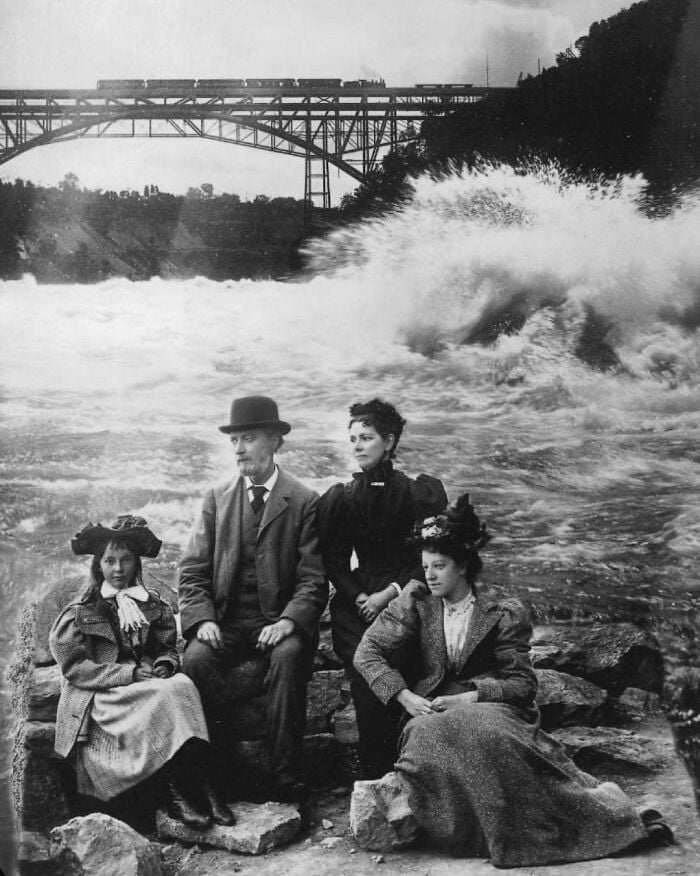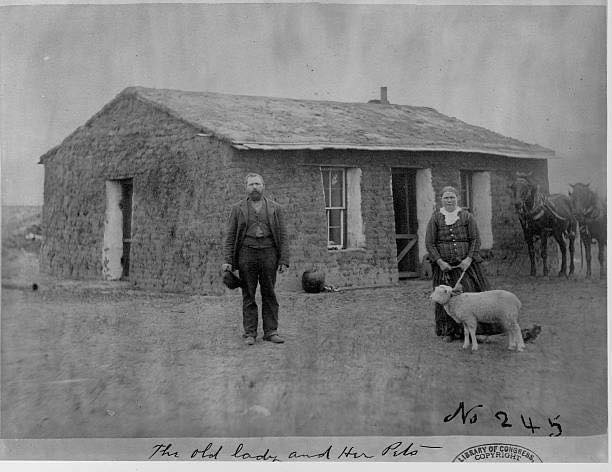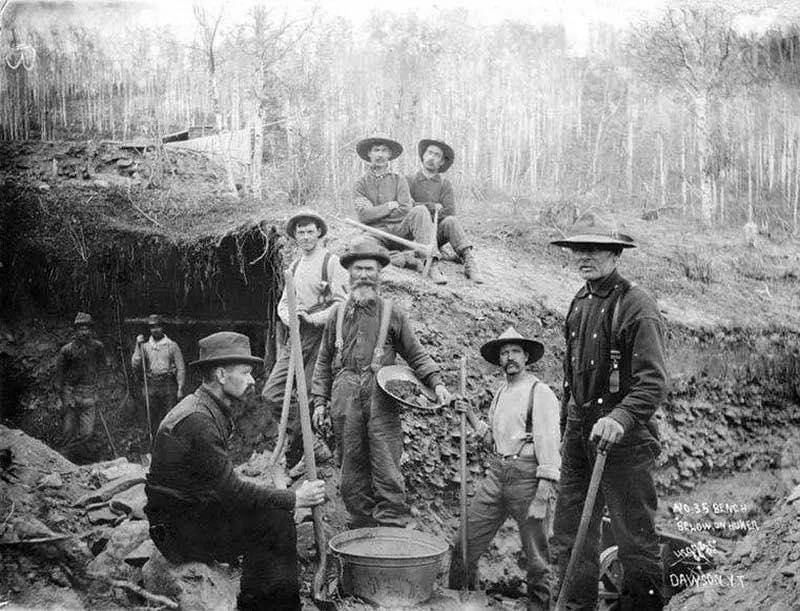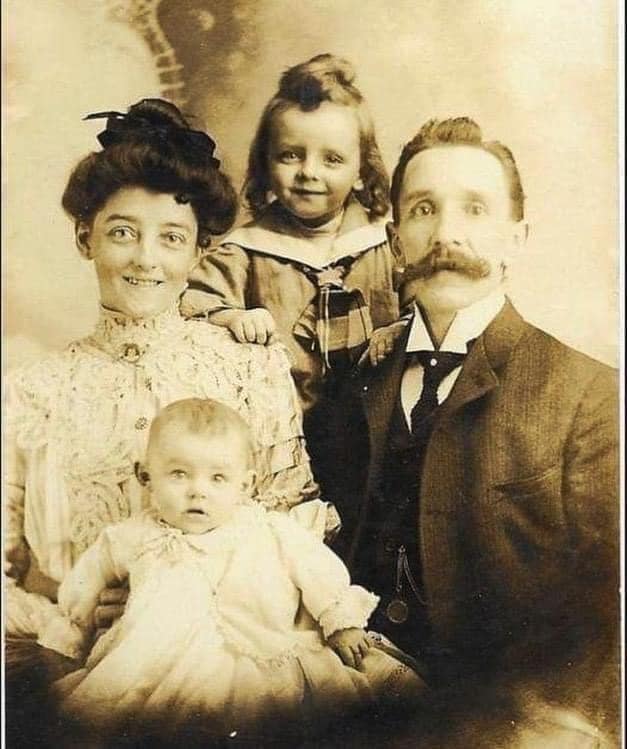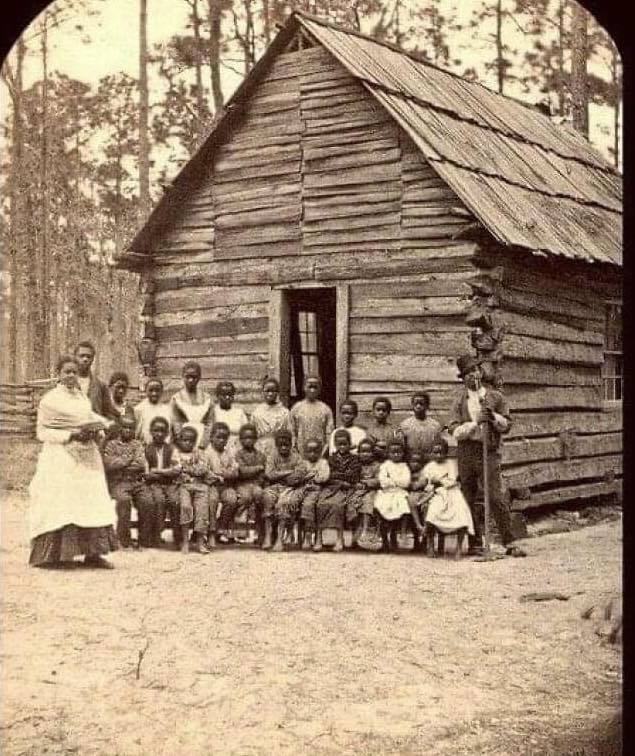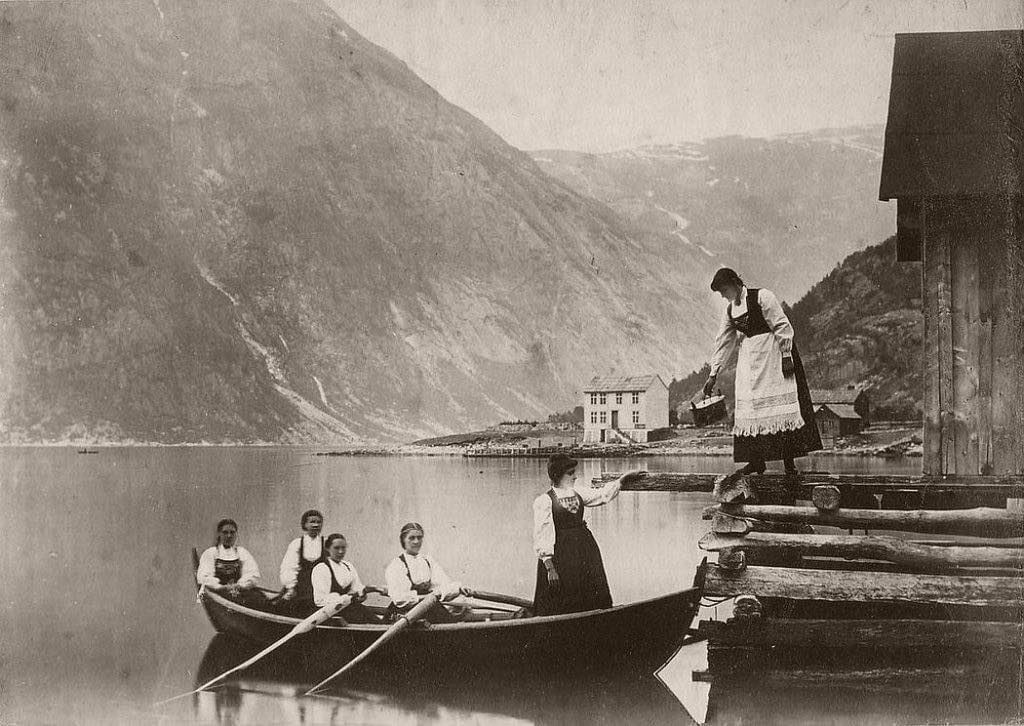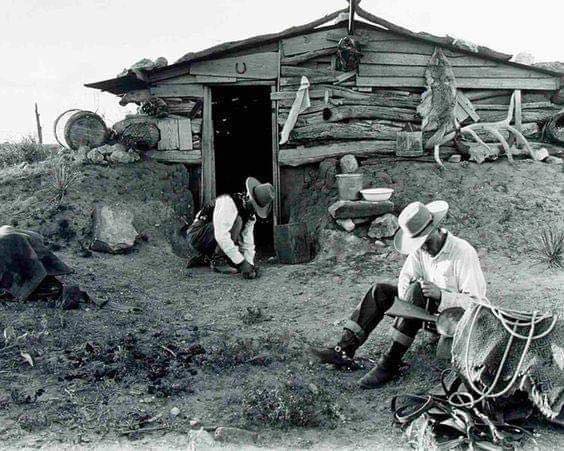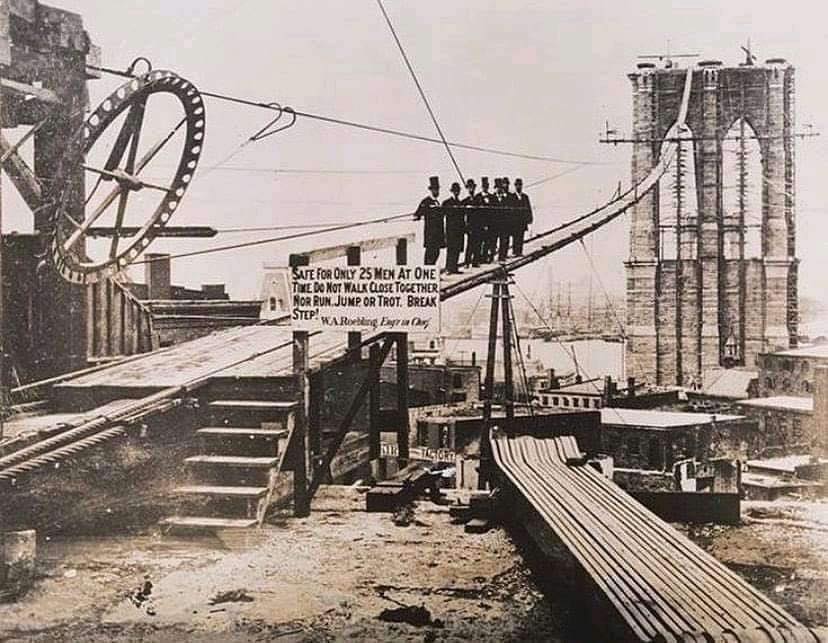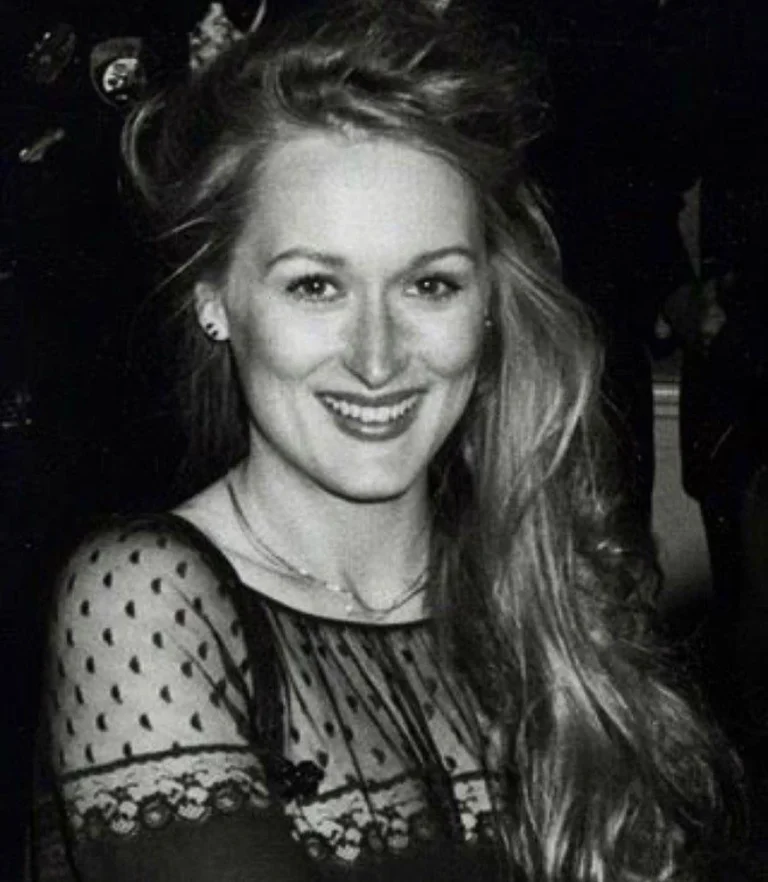Rare Photos of Daily Life in the 19th Century: A Glimpse Into the Past
The Evolution of Photography in the 19th Century
The 19th century was a period of rapid change, not just socially and politically, but also technologically. Photography, which began as an experimental technique, soon became a way to document reality. This shift enabled people to preserve their memories in a way that was previously unimaginable.
Early Innovations in Photography
The Daguerreotype, invented in 1839 by Louis Daguerre, marked a significant milestone in the world of photography. This technique allowed for a single, detailed image to be created using silver-plated copper, making it the first widely used form of photography.
However, it wasn’t without its challenges. The exposure time was often lengthy, meaning people had to sit still for minutes at a time to have their photograph taken. Despite this, the Daguerreotype paved the way for other innovations such as the Calotype, introduced by William Henry Fox Talbot, which allowed for the creation of multiple copies of an image from a single negative. These early innovations opened the door for photography to spread rapidly across Europe and the Americas.
The Spread of Photography Across Europe and America
As photography evolved, so did its accessibility. By the mid-1800s, photography studios started cropping up in major cities, allowing people from various social classes to have their portraits taken.
Traveling photographers also became a common sight, capturing scenes from both urban centers and rural communities. From bustling markets in London to farming life in the American Midwest, photography quickly became a tool not just for personal use, but for documenting society at large.
Limitations and Challenges for Early Photographers
While photography opened new possibilities, it was far from perfect. The cumbersome equipment, long exposure times, and the high cost of materials made it inaccessible to many, particularly the working class. Furthermore, photographers had to contend with natural light and weather conditions, making outdoor photography particularly challenging.
But these very limitations are what make rare photos of daily life in the 19th century so special. They represent moments that were hard to capture, showing a side of history that might otherwise have been lost.
Rare Photos of Everyday Life: What They Reveal
Rare photos from the 19th century offer more than just a visual record—they provide insights into the social structures, cultural norms, and daily routines of people from all walks of life.
The Lives of Working-Class People
For the working class, daily life was centered around labor. Whether they were factory workers, artisans, or farmers, their lives were filled with physical toil and long hours. The rare photos that capture their existence are invaluable, offering a glimpse into a world that has since faded away.
- Street vendors can be seen in photos hawking their goods in crowded urban areas, their faces etched with determination.
- In rural areas, farmers are often captured in scenes of hard manual labor, tending to their crops or livestock, illustrating the agricultural backbone of the 19th-century economy.
Street Vendors and Market Scenes
In cities like Paris, London, and New York, bustling markets were the lifeblood of urban commerce. Rare photographs of street vendors show individuals carrying baskets of food, selling flowers, or peddling small wares. These images, filled with chaotic energy, reveal the vibrant and often harsh realities of life for these workers.
Farming and Rural Life
Outside the cities, the majority of people were tied to the land. Photographs of farmers and rural life capture not just the work, but also the simple pleasures of the countryside—children playing in fields, families sharing meals outdoors, and the peaceful but hard lives of rural communities. These rare photos are among the few visual records we have of life in rural America and Europe during this time.
Family Life and Domestic Scenes
At home, life in the 19th century was often focused around family and tradition. Rare photos of families, particularly those taken inside their homes, are particularly telling. They show us the interiors of Victorian homes, the clothing styles, and the sense of pride people took in presenting themselves to the camera.
Victorian-Era Family Portraits
Victorian-era family portraits were formal, often staged in living rooms or gardens. These photos, carefully composed, were meant to display the family’s wealth and status. Every detail, from the arrangement of furniture to the choice of clothing, was meant to leave a lasting impression.
- Victorian families often posed with their most valuable possessions, such as elaborate furniture or rare artifacts, underscoring the importance of material wealth during this time.
Children and Education
Children during the 19th century led much different lives than they do today. Many of the rare photos show children engaged in work—whether helping out on the family farm or in factories—alongside their parents. However, photos of children’s education also emerged, showing early forms of schooling, with children seated in one-room schoolhouses or playing with simple toys that would seem primitive by modern standards.
Rare photos of the 19th century are not just glimpses into the past; they are snapshots of history, moments that provide us with deep insights into a world long gone. These images continue to fascinate, not just for their historical value, but for the stories they tell about the human experience.
Links:
This half of the article covers the emergence of photography and its impact on recording the daily lives of people in the 19th century. The second half will delve into the diversity captured by these rare photos, including the leisure of the upper class and the lives of immigrants.
